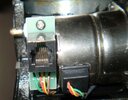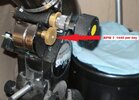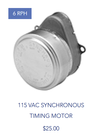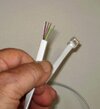BrokenScope
New Member
I have an older 8" orion telescope that only has a polar (right ascension) drive on the mount. It lost its control box somewhere between yard sales. I was told it has a 6v servo motor that needs that box with some controls. I don't know where to get them or how to properly assemble them. I've attached some pics which may be helpful. Best2u and thanks





